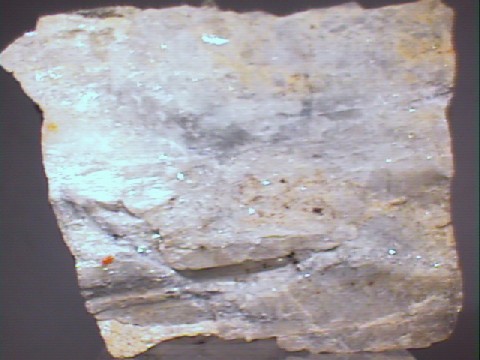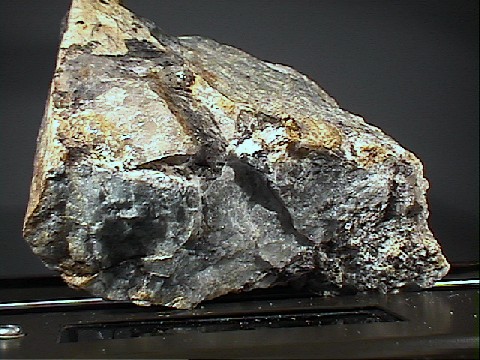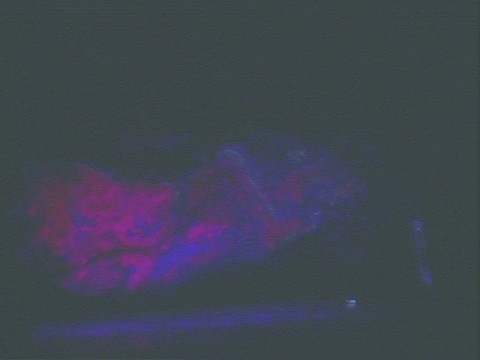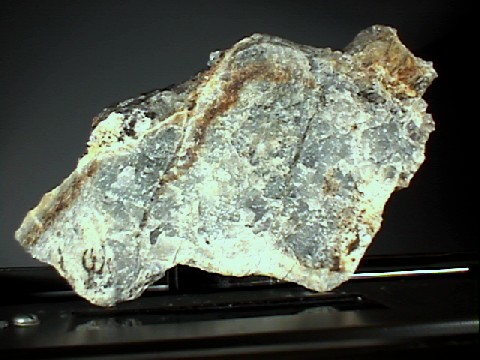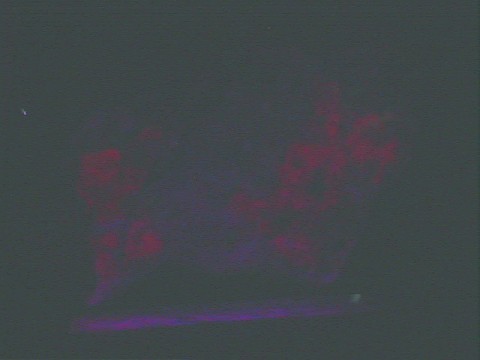 THE MINERAL EUCRYPTITE
THE MINERAL EUCRYPTITE
- Chemistry: LiAlSiO4, Lithium Aluminum silicate.
- Class: Silicates
- Subclass: Nesosilicates
- Group:
Phenakite - Uses: Rarely cut as a gemstone, more common as mineral specimens.
Specimens
Eucryptite is one of the few silicate minerals that have a trigonal symmetry. This symmetry is far more common among carbonates than among silicates. Eucryptite shares the same symmetry with the emerald green silicate dioptase, phenakite and the fluorescent mineral willemite. Eucryptite belongs to the small Phenakite Group which includes only three minerals; eucryptite, phenakite and willemite. They all have the same basic structure, hence the same symmetry, but different metal ions.
- Eucryptite's formula is LiAlSiO4.
- Phenakite's formula is Be2SiO4.
- Willemite's formula is Zn2SiO4.
PHYSICAL CHARACTERISTICS:
- Color is usually colorless or white.
- Luster is vitreous.
- Transparency crystals are transparent to translucent.
- Crystal System: trigonal; bar 3
- Crystal Habits include granular grains and massive forms. Some crystals can be well formed with trigonal prisms with rhombohedral terminations. Eucryptite can also replace spodumene forming pseudomorphs.
- Cleavage in poor in three directions.
- Fracture is conchoidal.
- Hardness is 6.5
- Specific Gravity is approximately 2.67 (average for non-metallic minerals).
- Streak is white.
- Other Characteristics: Prism faces striated lengthwise, index of refraction is 1.55 and some specimens fluoresce pink under UV light.
- Associated Minerals include quartz, micas, feldspars and spodumene.
- Notable Occurrences include the type locality of Branchville, Fairfield County, Connecticut, USA as well as Harding Mine, Dixon, New Mexico and Parker Mountain, Stafford, New Hampshire, USA and Bikita, Zimbabwe
- Best Field Indicators are crystal habit, striations, environment and hardness.



